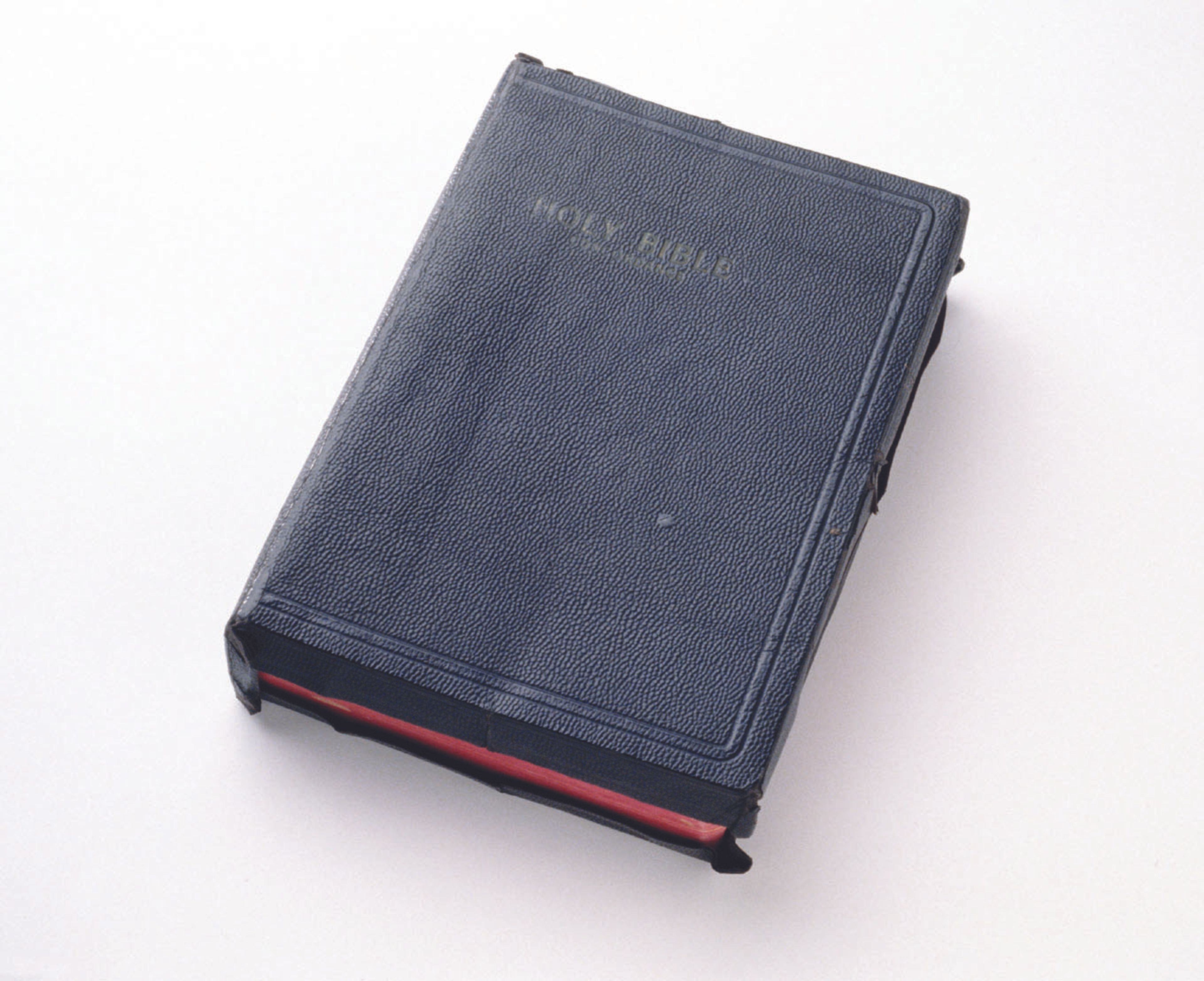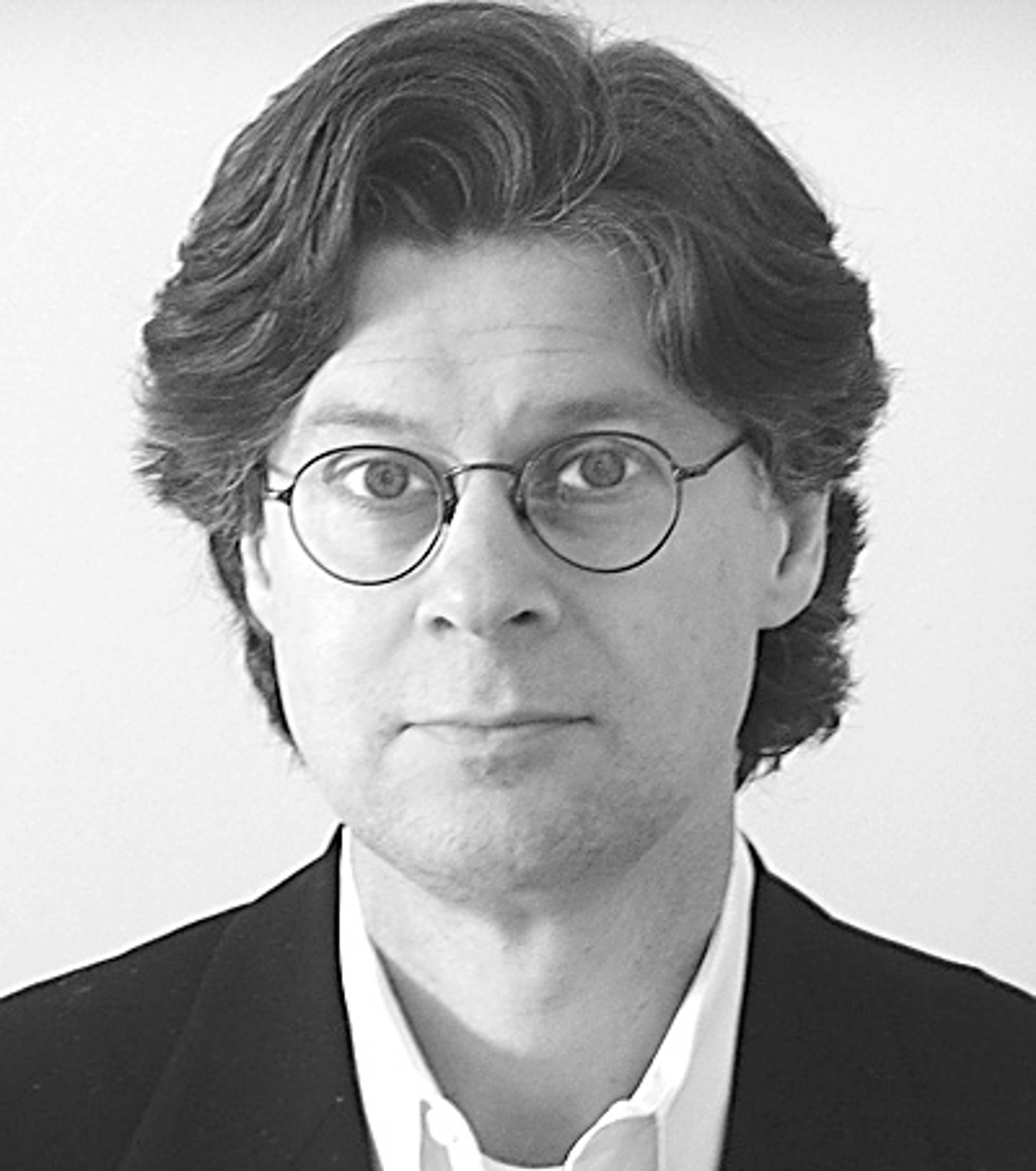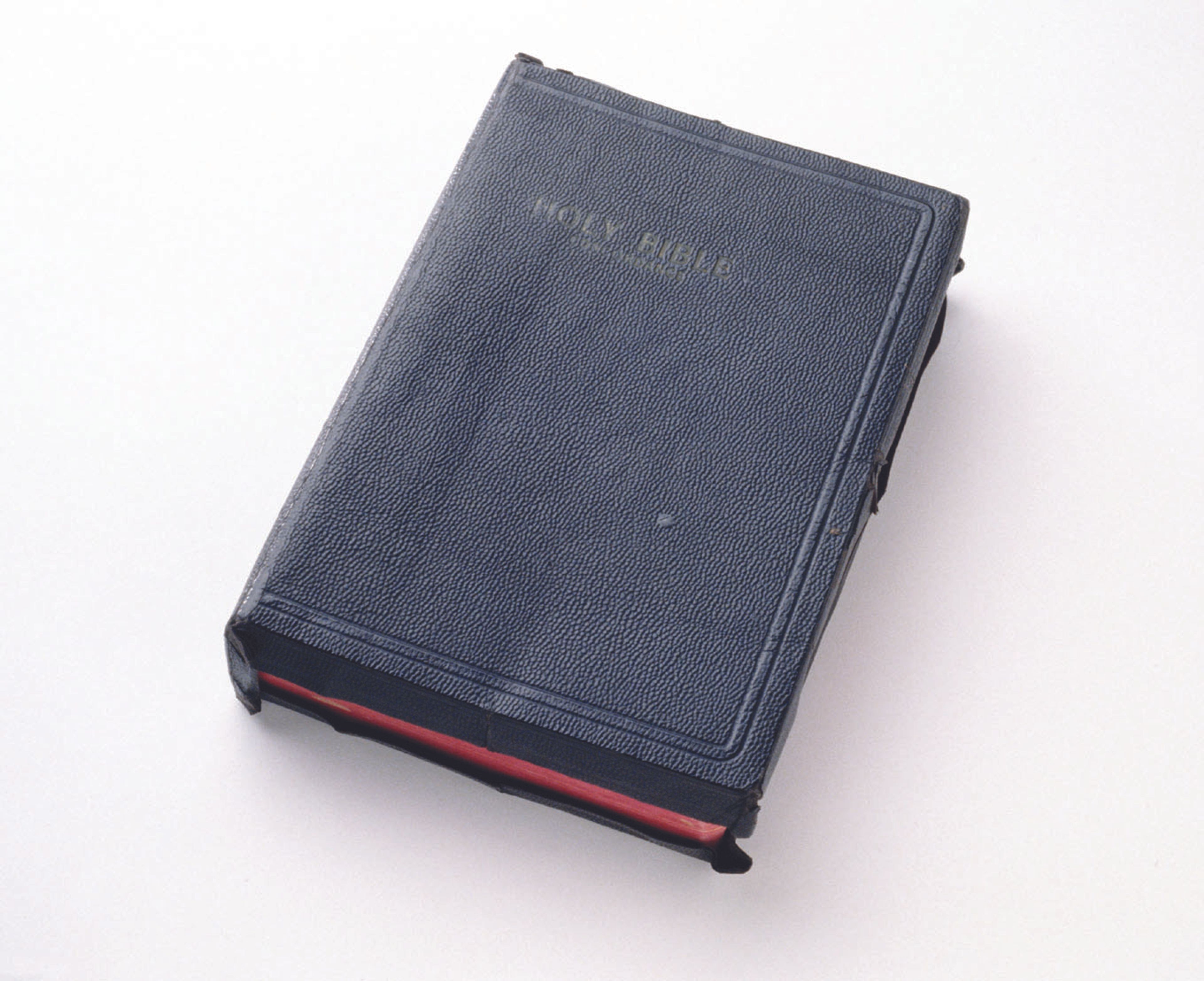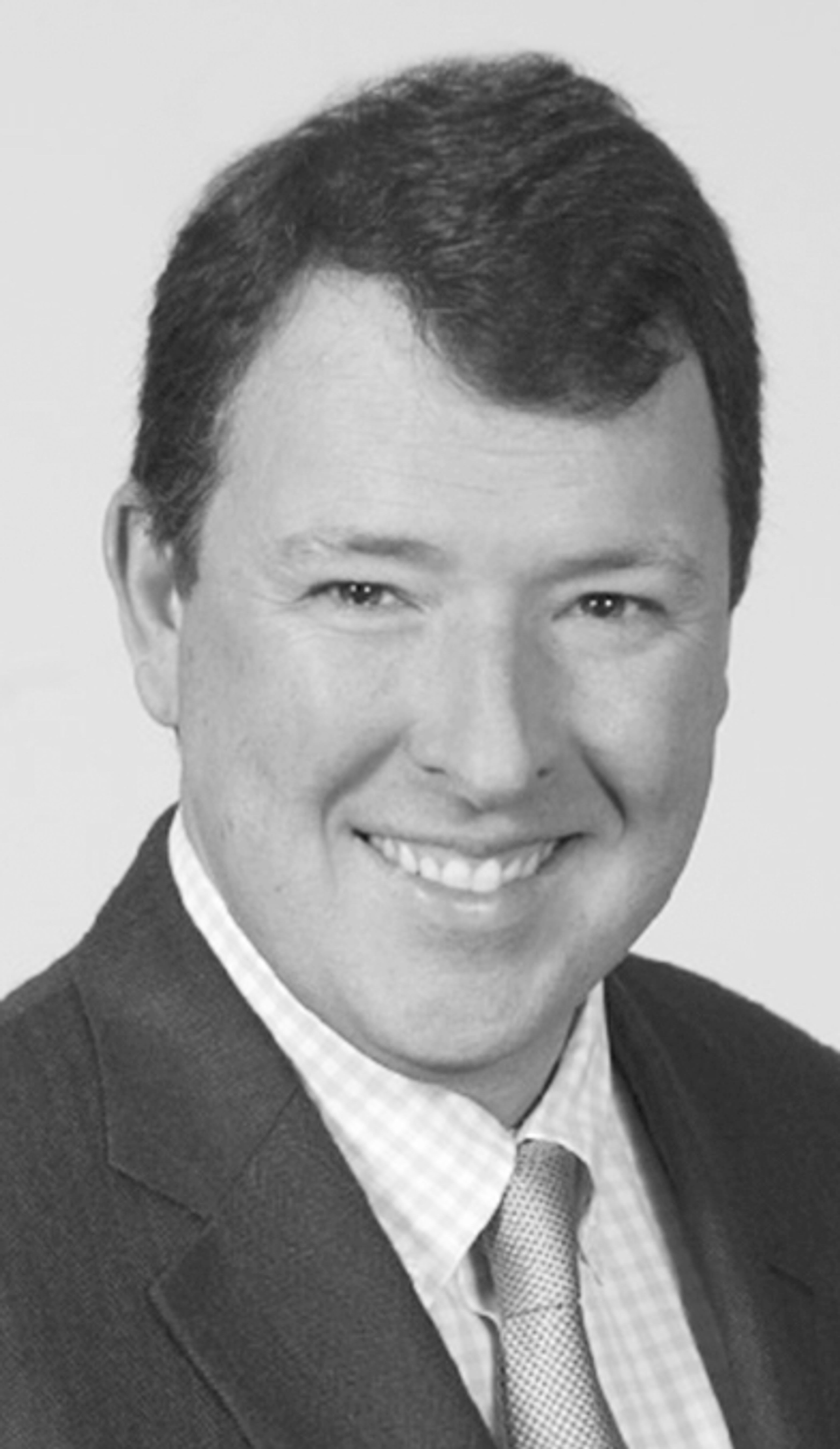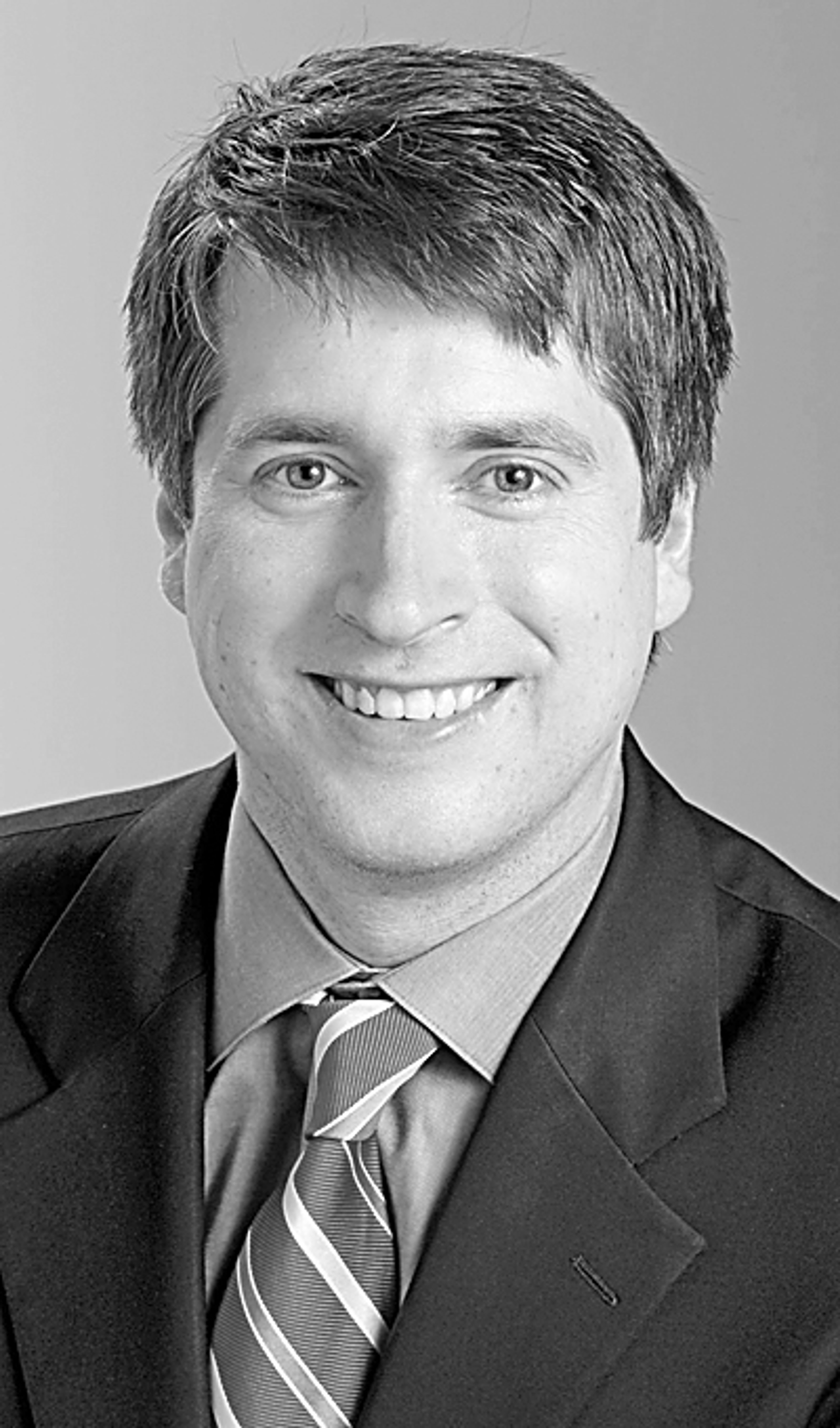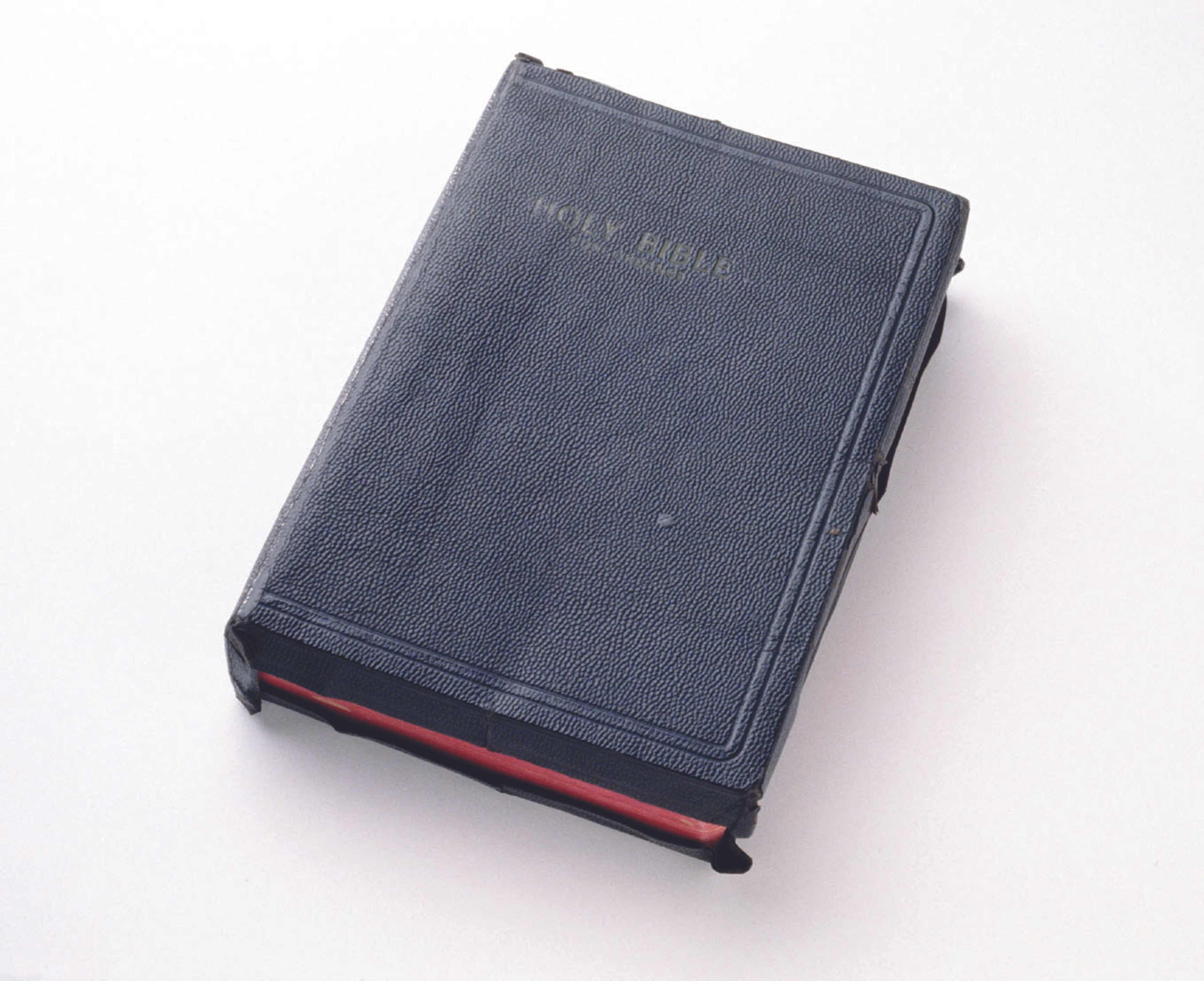Habitat for Humanity, a project begun two decades ago to provide homes for families that can't afford them through conventional means, is an exemplary grassroots approach to helping people acquire a piece of the American dream: home ownership.
Since the project began in Southwest Georgia in 1976, Habitat for Humanity has been responsible for placing more than 50,000 families in new or renovated houses across the United States and in some foreign countries. Habitat for Humanity spread to Cape Girardeau 10 years ago. The program since has provided comfortable housing for five families, three in new homes and two in completely renovated structures. Work recently began on a fourth new house here.
The program started in Georgia with the help of millionaire lawyer and businessman Millard Fuller and the late Dr. Clarence Jordan, a scholar and farmer. Fuller moved his family to Koisonai Farms, a biracial Christian community near Americus, Ga. He and Jordan teamed up to establish the Fund for Humanity to provide the capital to build homes for families in substandard houses. Mortgage payments, absent the interest, are made to the fund, which provides a continuing flow of money for construction.
The not-for-profit program's key element -- volunteer labor -- is one that helped build this nation. The homes are built or remodeled solely by volunteers from churches and civic groups. The people who will live in the homes must provide at least 350 hours of what Habitat calls "sweat equity," which are hours spent on construction.
To the homeowner, that seems a small investment in return for a comfortable dwelling with a mortgage payment that nationwide averages only $267 monthly. The amount is far below the cost of conventional financing and well affordable for the low-income families that are selected by local Habitat boards for the program.
The cost of a Habitat home in Cape Girardeau ranges from $30,000 to $34,000 for a house that is worth at least twice that amount on the market. The reason the homes can be constructed at such low costs, of course, is because all work is voluntary, eliminating the cost of labor. The foreclosure rate on Humanity homes is below 1 percent, which is indicative of the dedication to home ownership by those who benefit from the program.
Habitat for Humanity can be expected to continue to provide homes for families that can't otherwise afford them for many years to come It is a straightforward people-helping-people approach to reducing substandard housing. It has done so without any type of government guidance, funding or intervention. That in itself is a refreshing approach in the wake of countless government housing projects that have utterly failed over the past 40 years.
Connect with the Southeast Missourian Newsroom:
For corrections to this story or other insights for the editor, click here. To submit a letter to the editor, click here. To learn about the Southeast Missourian’s AI Policy, click here.
